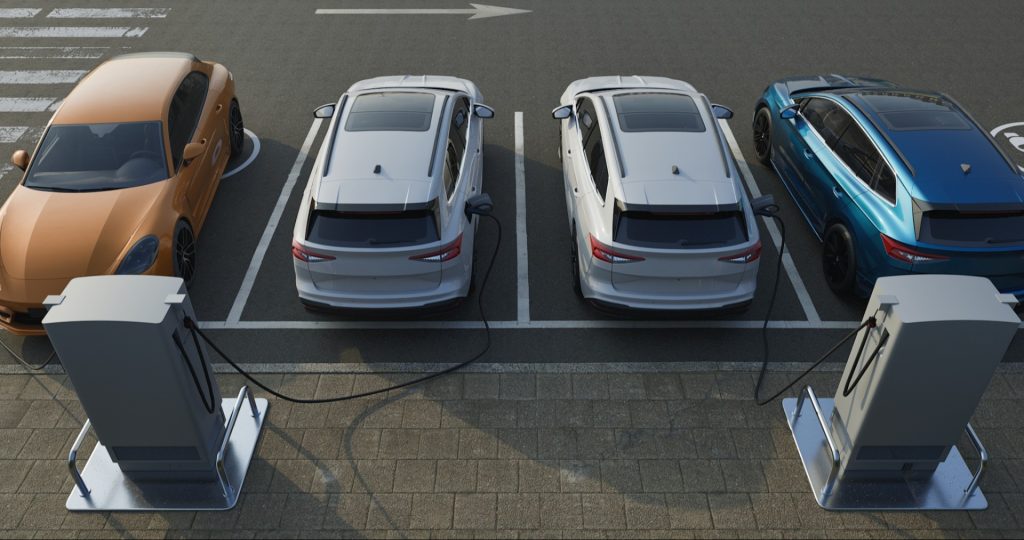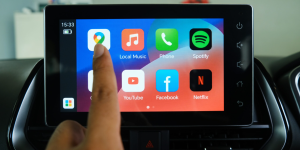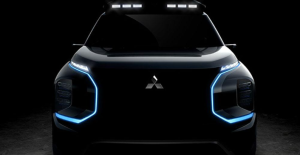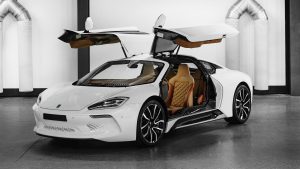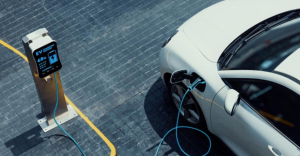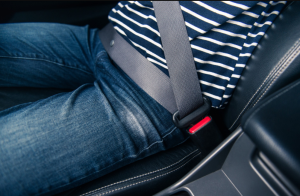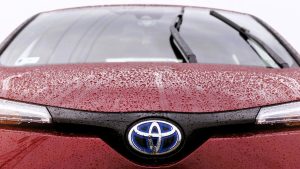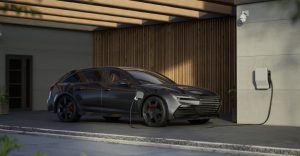A new test by the German automobile club ADAC has shown that most electric vehicles (EVs) struggle to meet their advertised range in real-world winter driving conditions.
Others are reading now
The study tested 25 EV models on a 582 km route from Munich to Berlin via the A9 highway. Simulated conditions included a temperature of 0°C, road gradients, and a maximum speed of 130 km/h. Only one vehicle, the Mercedes EQS 450+, managed to complete the trip without needing a recharge.
According to Autokult.pl, this test highlights the impact of cold weather on EV range, which manufacturers often estimate under optimal conditions with regenerative braking.
Mercedes EQS Outperforms Competitors
The Mercedes EQS, with its large 118 kWh battery, finished the journey with 18 km of range remaining.
Other high-performing models, such as the Lucid Air and Porsche Taycan, managed over 500 km but required recharging to complete the trip. By contrast, many EVs fell short of even 400 km.
Also read
The test revealed that on average, energy consumption was 50% higher than manufacturer claims. The Porsche Taycan and NIO ET5 showed the smallest discrepancies between real-world and advertised range, at 23% and 10%, respectively.
Charging Speeds and Range Recovery
Charging efficiency varied significantly between models.
For example, the Porsche Taycan could regain 370 km of range in just 20 minutes, while other models, such as the GWM Ora 07, could only recover 104 km in the same timeframe.
These results underscore the importance of both battery size and charging technology in long-distance EV travel.
ADAC’s findings highlight the challenges of using electric cars on long journeys in cold weather, particularly for vehicles with smaller batteries.
The study emphasizes the need for improved charging infrastructure and more realistic range estimates to support EV adoption in diverse conditions.

